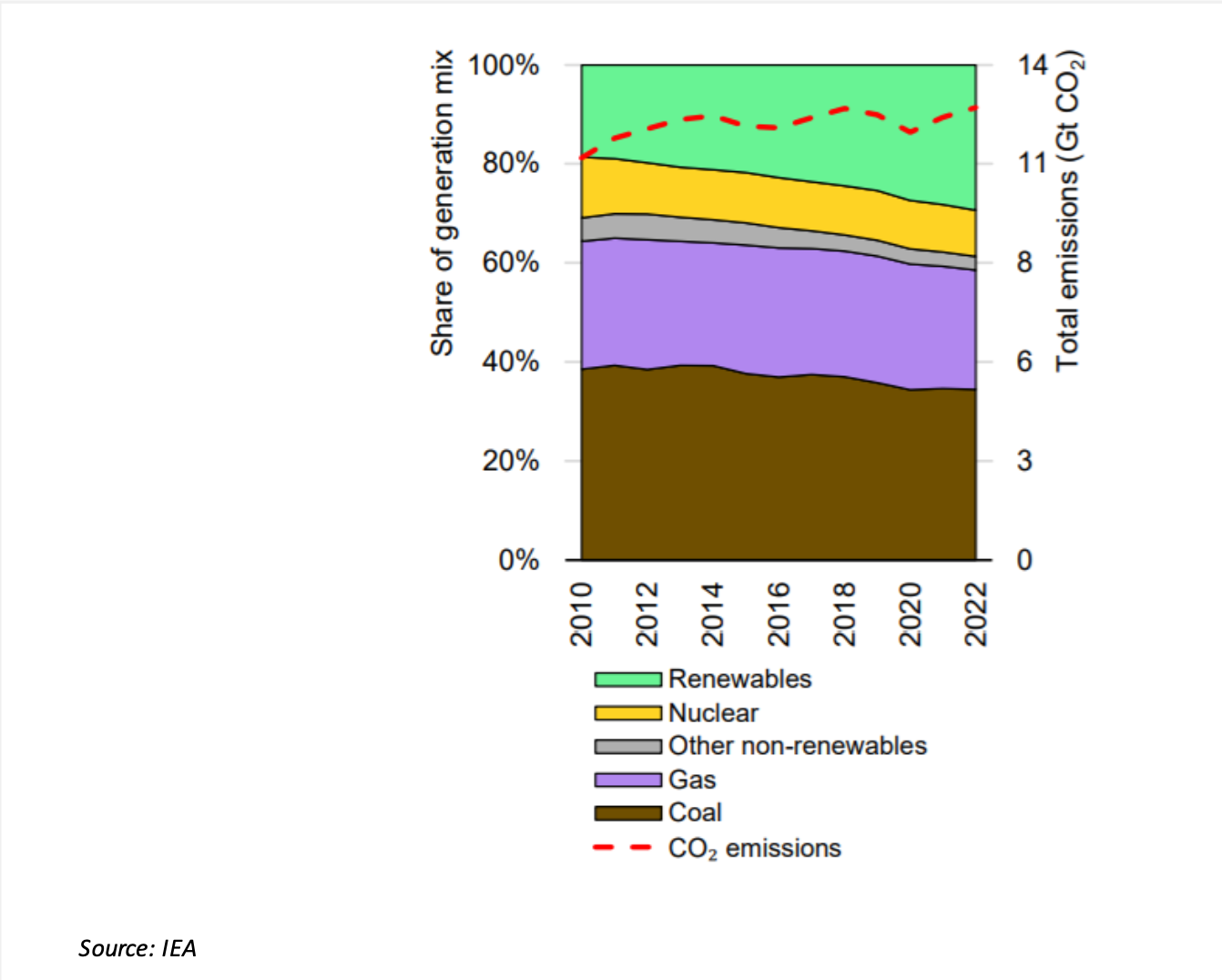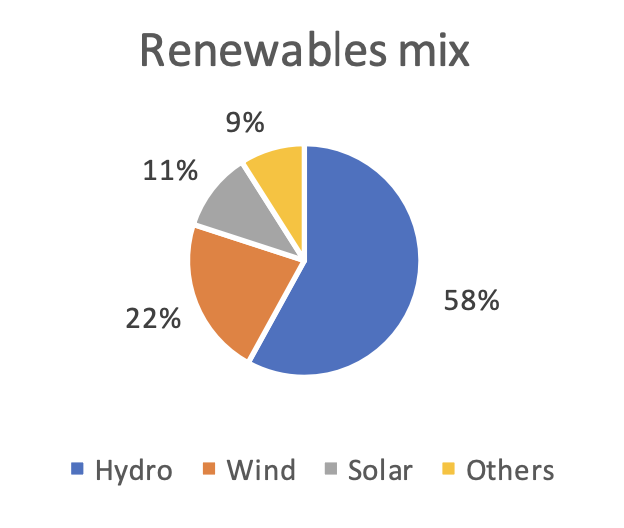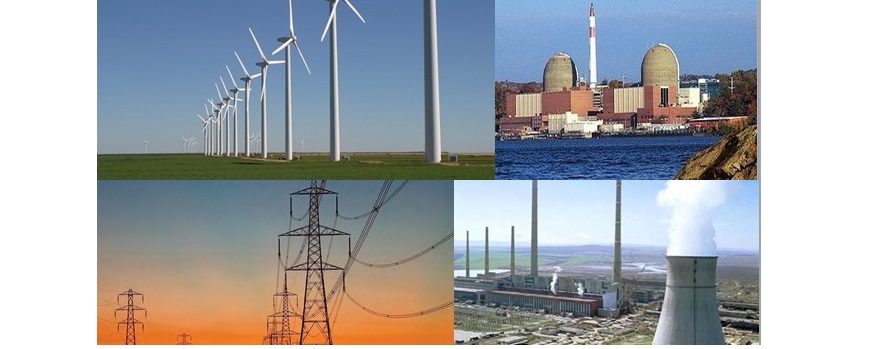The Indian power sector is at an exciting juncture. With climate change on the horizon, there is a growing call to de-carbonize the economy. Electrification of processes across industries like transportation, power, household, manufacturing provides ample opportunity for growth.
Another key trend is the rapid adoption of renewable sources in the generation mix by major power payers in India. Recently, blue-chip players like Adani, RIL, Tata have announced their forays into the renewable energy segment, which they believe is essential for the future sustainability of their cash flows.
With this backdrop, let’s deep dive into the sector. The power sector can broadly be divided into three major segments: Generation, Transmission & Distribution.
Global Power Generation Overview:
The world uses both traditional and renewable sources of energy.
Coal made up 34%, and natural gas made up 25% of the global generation in 2020. Meanwhile, renewables and nuclear together made up around 37% of the generation.
Among renewables, Hydro remains the most significant contributor with 58% of the generation. Wind with 22% and Solar with 11% were the other significant contributors.

Despite rapid growth, low carbon sources are struggling to meet the demand. This means that the presence of conventional sources in the power portfolio of the global economy will persist. Many entities and governments are conducting research to find sustainable solutions to scale up renewable energy production to meet global energy demands.

Indian Power Generation Overview
India is the world’s third‐largest energy-consuming country. The power sector is estimated to grow at 35% in the best-case scenario and 25% in the worst-case scenario. The size of the Indian population, economy, industry means it will be at the heart of any growth in the segment.
Currently, 80% of the demand is still being met by coal, natural gas and biomass. Indian power landscape is at the cusp of a solar revolution with the policy ambition to reach 450GW of renewable capacity by 2030. As things stand, solar accounts for less than 4% of India’s electricity generation, and coal is close to 70%. The cost advantages that solar enjoys over coal-fired sources would soon outcompete it when paired with battery storage.
The pace of change in the electricity sector puts a huge premium on robust grids and other sources of flexibility, with India becoming a global leader in battery storage. With the current cycle of thermal project completion, there will be no more addition to the fleet. Solar with battery storage systems are the future of the Indian grid.

Power sector – Future Outlook
India’s sheer size and reach make its energy choices far-reaching as far as the global power scenario is concerned. India cannot completely give away its dependence on coal which is currently its major fuel. Still, with the government initiatives in place, we can expect the share of renewables to increase. India presents a significant market as far as electrification is concerned, especially in the transport segment, which is a high growth sector. We can expect to hear a lot of news on the services electrification segment in India.
Other Trending Post in this Series – India’s Demographic Profile | e-Pharmacy Business models | How to read an Annual Report
Register and create a free account on our website to stay updated about all of our posts on Businesses and Finance Careers. You will also get access to a free Finance Bootcamp course once you register.










